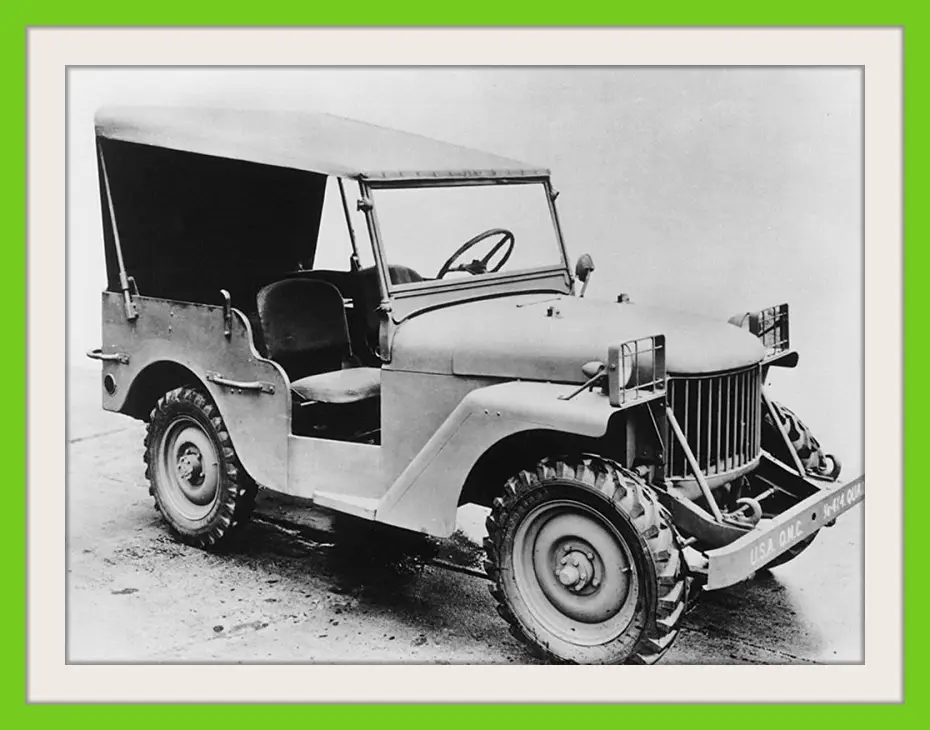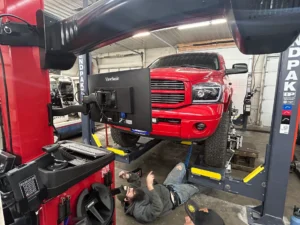Collaboration, Competition, and Innovation
“Credit for the original design of the Army’s truck 1⁄4 ton, 4×4, AKA the Jeep, may not be claimed by any single individual or manufacturer. This vehicle is the result of much research and many tests.” – Lt. E.P. Hogan, U.S. Army Quartermaster Corps, 1941.
The creation of the first Jeep, an iconic symbol of American ingenuity and strength, is a tale of collaboration, fierce competition, and urgent innovation. The beginnings of this legendary vehicle was not just a product of one mind or one company, but a remarkable convergence of military strategy and civilian engineering prowess.
The Early Development Race: The Bantam Reconnaissance Car
In the late 1930s, as global tensions mounted, the U.S. Army recognized the need for a robust, versatile vehicle suited for the rough terrains of warfare. The call to action came in 1940. The US military challenged 135 companies to design a light reconnaissance vehicle. The stakes were high, and the timeline was tight.
American Bantam Car Company, despite its smaller size and limited resources, was quick to respond. With no time to waste, Bantam’s chief engineer Harold Crist enlisted the help of Karl Probst, a freelance designer from Detroit. Probst, showing remarkable dedication and skill, delivered complete plans within two days, working without initial compensation. His design was practical, utilizing many off-the-shelf parts but innovating where necessary, particularly with custom four-wheel drivetrain components from Spicer.
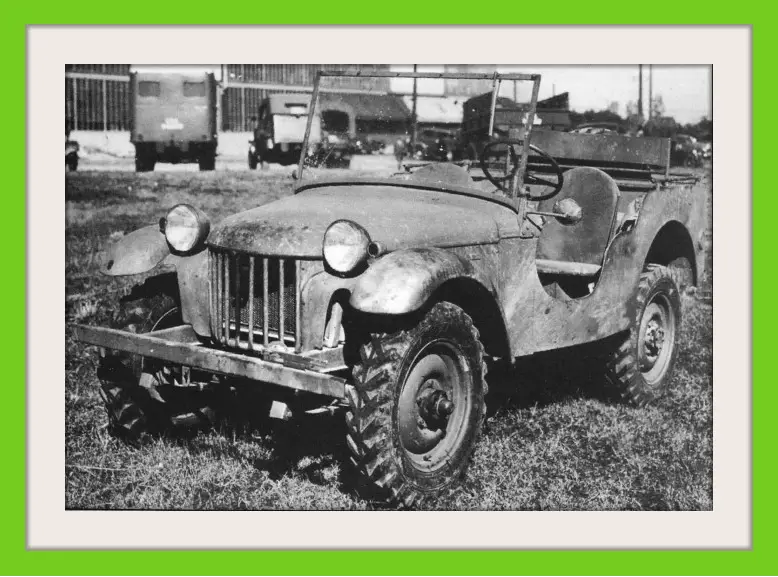
On a tight deadline, Bantam assembled the first prototype, the BRC (Bantam Reconnaissance Car). They delivered it for Army testing at Camp Holabird, Maryland, by September 23, 1940. Though it met nearly all the Army’s requirements, it fell short on engine torque.
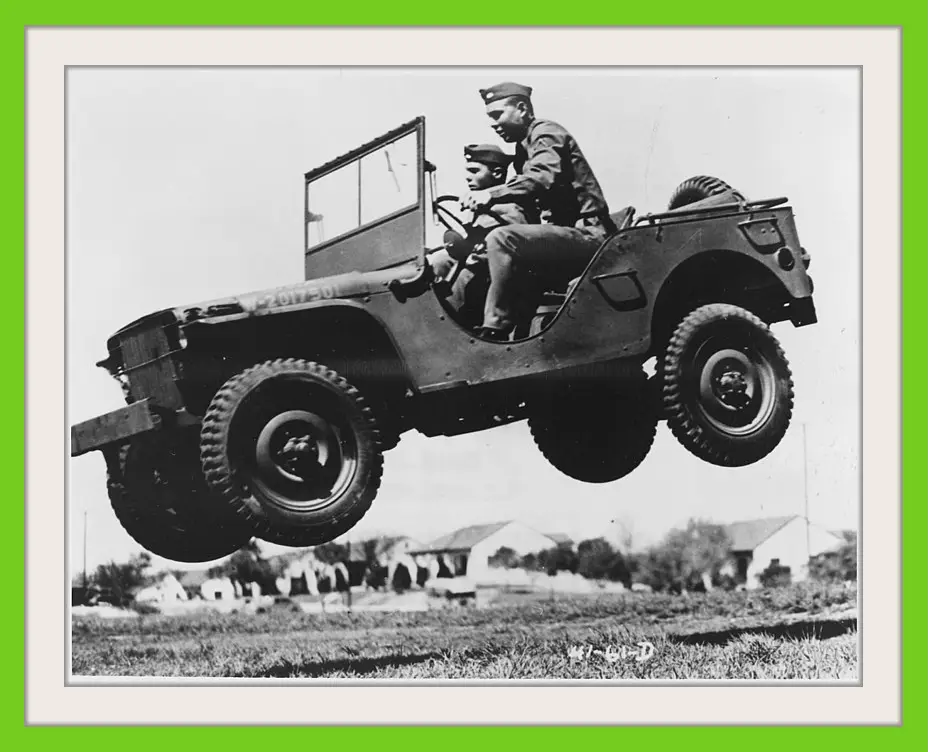
The Inclusion of Willys and Ford: Enhancing the Jeep
The Army, however, had reservations about Bantam’s production capabilities. They shared the Bantam’s designs with Willys-Overland and Ford, encouraging them to refine and enhance the initial blueprint. The result was the creation of the Ford Pygmy and Willys Quad prototypes. Both prototypes bore a strong resemblances to Bantam’s original design.
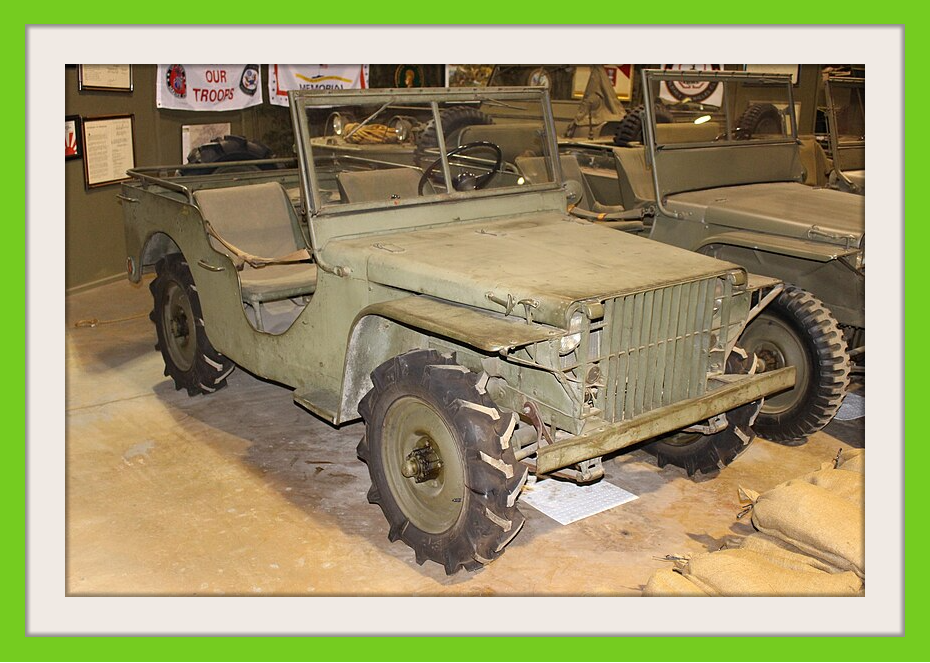
The competition intensified as these three companies sought to outdo each other. Willys-Overland, leveraging their powerful “Go Devil” engine, eventually won the initial production contract by modifying the weight specifications to their advantage. This engine’s superior horsepower and torque were decisive factors in securing Willys’ win, leading to the standardization of the Willys MB model—the version most commonly recognized as the definitive World War II Jeep.
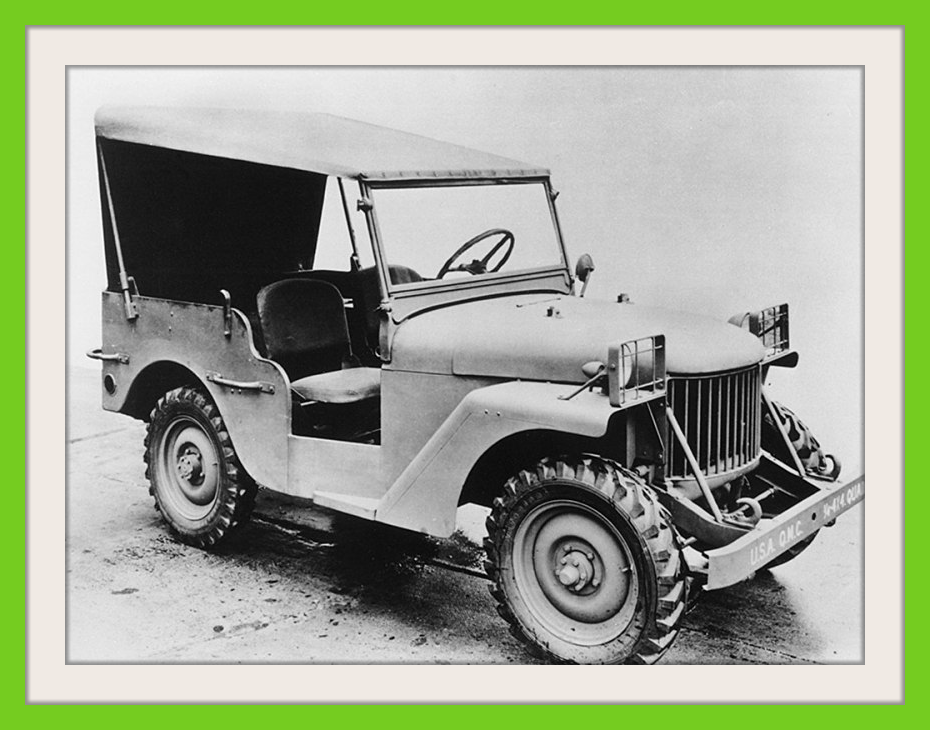
Full Production and Legacy: The Widespread Impact of the Jeep
As the war intensified, the demand for these versatile vehicles skyrocketed. Willys and Ford ramped up production under a shared agreement facilitated by the U.S. government to meet the Army’s pressing needs. The Jeep proved invaluable in various military roles, from laying cables and sawmilling to serving as field ambulances and even operating on railway tracks. Its impact was profound, with over 30% of wartime production being supplied to allies like Great Britain and the Soviet Union.
Reflection on the Jeep’s Origins
The story of the Jeep is a testament to the power of collaboration in the face of adversity. From the drafting table of a freelance designer to the production lines of major manufacturers, each step in the Jeep’s development was marked by urgent innovation and cooperative effort.
This rugged vehicle did more than just transport soldiers and equipment. It symbolized the relentless spirit and capability of the Allied forces during World War II. Today, the Jeep continues to be celebrated not only for its military heritage but also for its place as a beloved icon of off-roading adventure.
In revisiting this incredible origin story, we gain a deeper appreciation for the Jeep, born out of necessity, designed by many, and cherished by generations of enthusiasts around the world.

